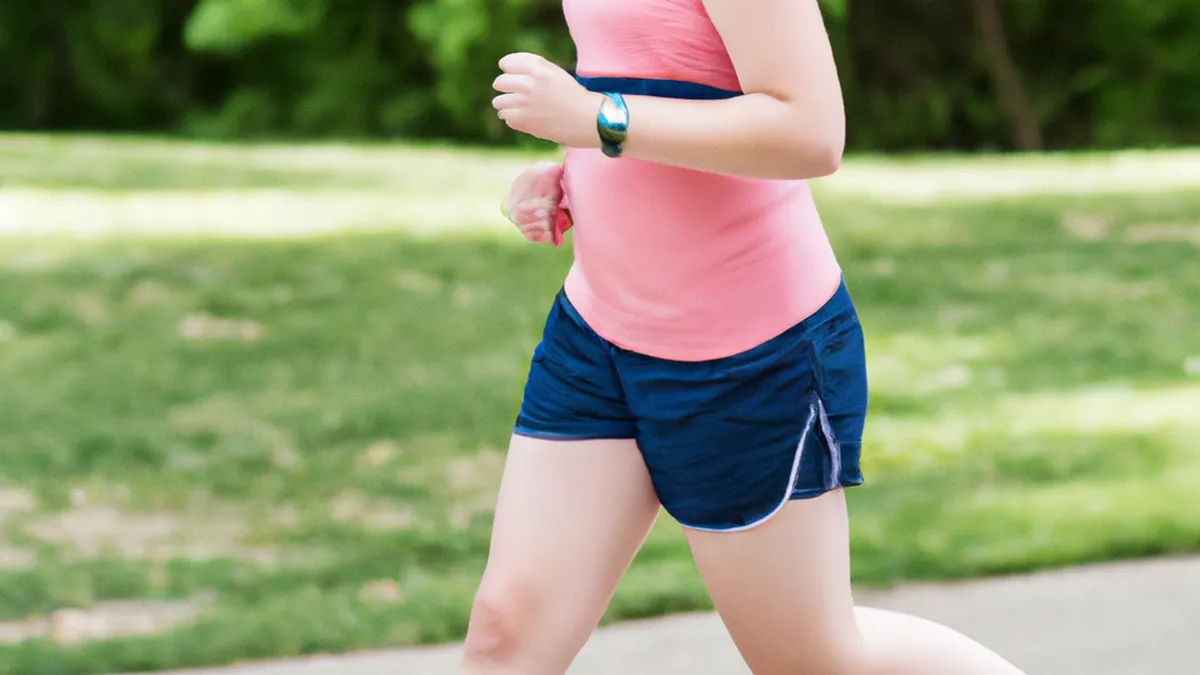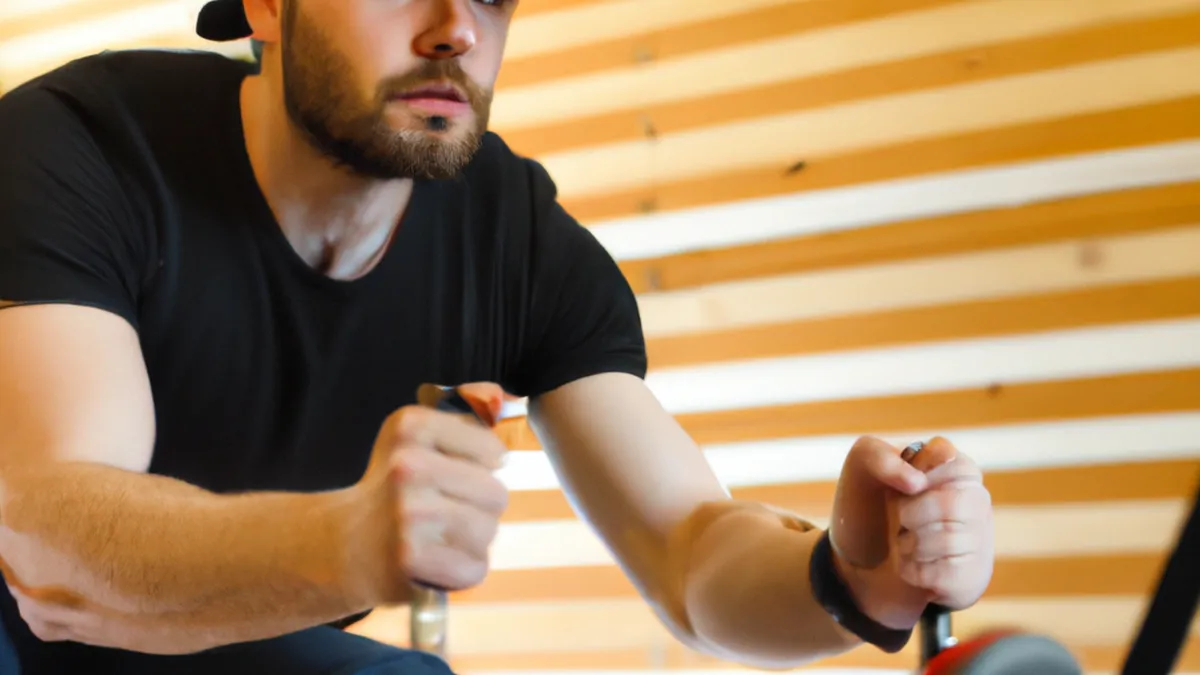Youth Sports Success with Cardio Integration
Balancing Cardio with Youth SportsParents and coaches aim to create the best environment for young athletes. Youth sports offer children chances to develop physical skills, teamwork, and self-discipline. However, balancing cardio training with practice poses challenges. Kids need skill development alongside fitness improvement. This post shares effective ways to integrate cardio into youth sports, helping kids enhance athletic abilities and cardiovascular health.
Understanding the Importance of Cardio
Cardiovascular fitness plays a crucial role for young athletes. It boosts endurance, helping kids perform well during games. A strong cardiovascular base enhances athletic performance and aids recovery after intense activities. This recovery allows young athletes to prepare for the next challenge.While cardio training provides benefits, excessive focus can cause fatigue and burnout. Young athletes require recovery time as their bodies grow. Balance cardio training with skill development to keep kids healthy, motivated, and engaged.
Tips for Integrating Cardio
As an Amazon Associate I earn from qualifying purchases.
Gear tip: consider compression sleeves, compression socks, and percussive massager to support this topic.
1. Set a Schedule
Create a structured weekly schedule with practice sessions and cardio workouts. Aim for two to three cardio sessions weekly, allowing recovery time. This structure helps kids manage time effectively, balancing school and sports without feeling overwhelmed.
2. Incorporate Fun Activities
Choose enjoyable activities to engage young athletes in cardio training. Consider running, biking, swimming, or dancing as options. Kids participate more when activities feel fun. Organize group games involving running, like tag or obstacle courses, to make cardio exciting.
3. Use Interval Training
Integrate cardio into practice through interval training. This method alternates short bursts of high-intensity exercise with rest periods. Interval training boosts cardiovascular fitness and keeps sessions dynamic. For example, during soccer practice, coaches can alternate sprinting and walking drills to improve endurance and skills.
4. Monitor Intensity Levels
Parents and coaches should monitor young athletes during cardio sessions. Encourage kids to share their energy levels and signs of fatigue. If a child feels tired or struggles, adjust the intensity or duration of the workout. Aim to improve fitness while avoiding overexertion, preventing injuries or burnout.
Advice for Coaches and Parents
Encourage Active Recovery
Recovery is essential for young athletes.
Conclusion
Integrating cardio into youth sports enhances fitness and athletic skills. Balance training to keep kids healthy and engaged.
Below are related products based on this post:
FAQ
Why is cardiovascular fitness important for young athletes?
Cardiovascular fitness is crucial for young athletes as it boosts endurance, helping them perform better during games. A strong cardiovascular base not only enhances athletic performance but also aids in recovery after intense activities, allowing them to prepare for upcoming challenges.
How can parents and coaches balance cardio training with skill development?
To balance cardio training with skill development, it’s important to create a structured schedule that includes both practice sessions and cardio workouts. This allows young athletes to develop their skills while also improving their fitness, ensuring they remain healthy and motivated.
What are some fun ways to incorporate cardio into youth sports?
Incorporating fun activities like running, biking, swimming, or dancing can engage young athletes in cardio training. Organizing group games such as tag or obstacle courses makes cardio exciting and encourages kids to participate more actively.















Post Comment